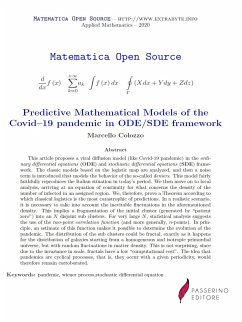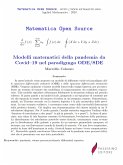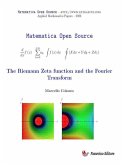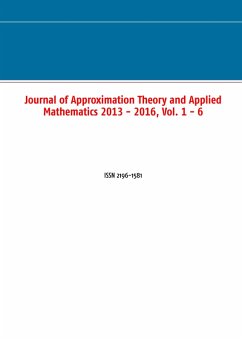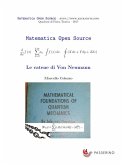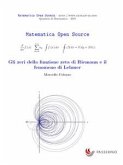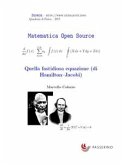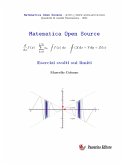This article proposes a viral diffusion model (like Covid-19 pandemic) in the ordinary differential equations (ODE) and stochastic differential equations (SDE) framework. The classic models based on the logistic map are analyzed, and then a noise term is introduced that models the behavior of the so-called "deniers". This model fairly faithfully reproduces the Italian situation in today’s period. We then move on to local analysis, arriving at an equation of continuity for what concerns the density of the
number of infected in an assigned region. We, therefore, prove a Theorem according to which classical logistics is the most catastrophic of predictions. In a realistic scenario, it is necessary to take into account the inevitable fluctuations in the aforementioned density. This implies a fragmentation of the initial cluster (generated by "patient zero") into an N disjoint sub clusters. For very large N, statistical analysis suggests the use of the two-point correlation function (and more generally, n-points). In principle, an estimate of this function makes it possible to determine the evolution of the pandemic. The distribution of the sub clusters could be fractal, exactly as it happens for the distribution of galaxies starting from a homogeneous and isotropic primordial universe, but with random fluctuations in matter density. This is not surprising, since due to the invariance in scale, fractals have a low "computational cost". The idea that pandemics are cyclical processes, that is, they occur with a given periodicity, would therefore remain corroborated.
Marcello Colozzo, laureato in Fisica si occupa sin dal 2008 di didattica online di Matematica e Fisica attraverso il sito web Extra Byte dove vengono eseguite "simulazioni" nell'ambiente di calcolo Mathematica. Negli ultimi anni ha pubblicato vari articoli di fisica matematica e collabora con la rivista Elettronica Open Source. Appassionato lettore di narrativa cyberpunk, ha provato ad eseguire una transizione verso lo stato di "scrittore cyber", pubblicando varie antologie di racconti.
number of infected in an assigned region. We, therefore, prove a Theorem according to which classical logistics is the most catastrophic of predictions. In a realistic scenario, it is necessary to take into account the inevitable fluctuations in the aforementioned density. This implies a fragmentation of the initial cluster (generated by "patient zero") into an N disjoint sub clusters. For very large N, statistical analysis suggests the use of the two-point correlation function (and more generally, n-points). In principle, an estimate of this function makes it possible to determine the evolution of the pandemic. The distribution of the sub clusters could be fractal, exactly as it happens for the distribution of galaxies starting from a homogeneous and isotropic primordial universe, but with random fluctuations in matter density. This is not surprising, since due to the invariance in scale, fractals have a low "computational cost". The idea that pandemics are cyclical processes, that is, they occur with a given periodicity, would therefore remain corroborated.
Marcello Colozzo, laureato in Fisica si occupa sin dal 2008 di didattica online di Matematica e Fisica attraverso il sito web Extra Byte dove vengono eseguite "simulazioni" nell'ambiente di calcolo Mathematica. Negli ultimi anni ha pubblicato vari articoli di fisica matematica e collabora con la rivista Elettronica Open Source. Appassionato lettore di narrativa cyberpunk, ha provato ad eseguire una transizione verso lo stato di "scrittore cyber", pubblicando varie antologie di racconti.
